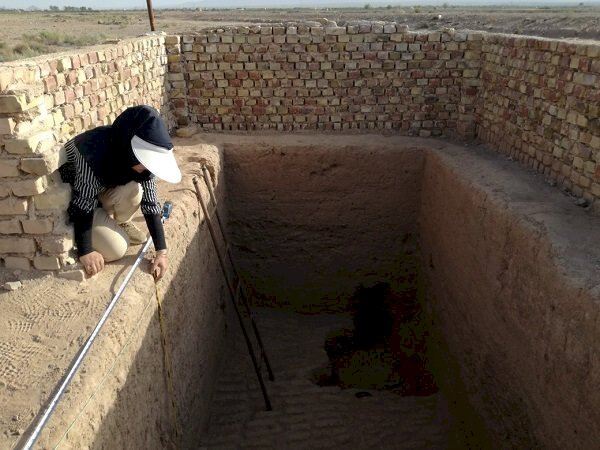Archeological survey sheds new light on prehistoric site in eastern Iran

TEHRAN – The outcome of an archeological excavation, which was carried out Kale Kub in eastern Iran last year, has shed new light on the antiquity of the prehistoric site, Iranian archeologist has announced.
Kale Kub is one of the few prehistoric sites in South Khorasan province with a stratigraphic sequence enabling a period-long study of archeology, Mohammad Hossein Azizi said on Monday.
There has been enough archaeological and cultural evidence from this site, which is one of the exemplar ones in the whole of eastern Iran, to show both the cultural sequence of the region and to recognize the pre-historic cultures, he added.
The most significant achievement of the excavations carried out in the site is the identification of the cultures of the 4th millennium BC, he explained.
The first season of archeological excavations on Kale Kub site was implemented in 2019 in collaboration with Japanese archeologists.
The project revealed the chronological sequence from the 5th to late 4th millennium BC. However, poor preservation and protection have damaged most parts of the site, which has been inscribed on the National Heritage list.
A special pottery style of 4th millennium BC, which is seen on the relics found in Kale Kub, is the most important discovery on the site, as this style has been previously seen in the western Iranian plateau.
Since there are two deserts, Dasht-e Kavir and Lut desert, between these two parts of the country, the Kale Kub excavations could help us to comprehend how the culture made its way to the east.
Located in eastern Iran, South Khorasan province is home to many historical and natural attractions such as Birjand Castle, Dragon Cave, Furg Citadel, and Polond Desert.
Saffron and barberry, the former known as the “red gold” in the country, which are considerably produced in almost all parts of the province, have made it a significant destination for ecotourism.
ABU/AFM
Leave a Comment